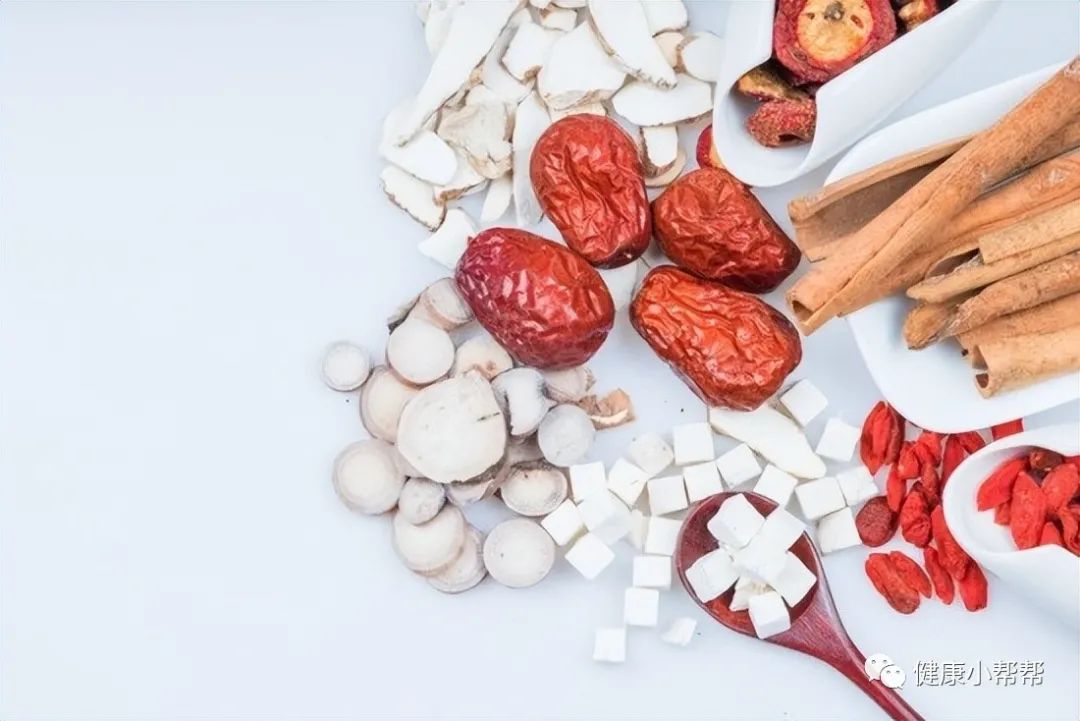Before reading this article, please click on the blue text above “Health Helper” and then click “Follow” so you can receive the latest content for free. We share daily, and it’s completely free to subscribe, so feel free to follow.
People often tend to overlook common occurrences, taking them lightly.
For instance, a person may experience a cold up to 200 times in their lifetime. Because it is so common, many people casually take any cold medicine without proper consideration. If they are lucky, the medicine may be effective, and symptoms can quickly alleviate; conversely, taking the wrong medicine may lead to no change or even worsen the symptoms.
Since a cold is a self-limiting disease, it usually resolves within a week. Therefore, the medicine taken is meant to alleviate symptoms rather than speed up recovery. Some people mistakenly believe that they can treat a cold casually, thinking that even if they take the wrong medicine, they will eventually recover.

This line of thinking is fundamentally flawed; using medication indiscriminately can turn a common cold into a severe cold or pneumonia, which can be costly and time-consuming to treat. It may also enhance bacterial resistance, negatively impacting the immune system’s normal function.
Thus, even for a common cold, it is essential to differentiate the syndrome and treat accordingly.
Three Types of Colds: Correct Medication for Symptom Relief
Traditional Chinese Medicine (TCM) identifies wind pathogens, along with cold, heat, dampness, dryness, and deficiency of righteous qi, as the primary factors causing colds. This includes types of excess syndrome colds, such as common wind-cold colds and wind-heat colds, as well as deficiency syndrome colds, such as qi deficiency colds, yin deficiency colds, and yang deficiency colds.
Identifying symptoms accurately and administering the correct treatment is crucial for alleviating symptoms and aiding recovery. Today, we will discuss how TCM differentiates and treats three common colds: wind-cold colds, wind-heat colds, and deficiency colds.

1. Wind-Cold Cold
A wind-cold cold is caused by the invasion of cold pathogens, commonly occurring in autumn and winter. Typical symptoms include chills, nasal congestion, clear nasal discharge, body aches, absence of sweating, and a thin white tongue coating. Other symptoms may include throat itchiness, fever, cough, and headache.
Treatment Principle: Expel Wind and Cold, Release the Exterior.
Common ginger soup is very effective for wind-cold colds. Fresh ginger is pungent and warm, capable of dilating blood vessels, enhancing blood circulation, and expelling cold from the body. The preparation involves taking 2-3 slices of ginger and two segments of scallion, cutting them into small pieces, and boiling them in water to drink.
For those lacking appetite, instead of just consuming plain rice porridge, one can try Fang Feng (Siler) porridge. Fang Feng is a TCM herb that has the effects of dispersing and releasing the exterior, relieving dampness and pain, and expelling wind and spasms, which can also help eliminate internal cold and alleviate cold symptoms. The preparation involves decocting Fang Feng with scallion, then adding the juice to cooked glutinous rice porridge, stirring until it boils.
Medications suitable for this condition include Gan Mao Qing Re Granules and Jing Fang Granules.

2. Wind-Heat Cold
In contrast to wind-cold colds, wind-heat colds are caused by the invasion of wind-heat pathogens, leading to disharmony in lung qi, which can cause fever, sore throat, nasal congestion, thick nasal discharge, cough, headache, and a red tongue tip.
Treatment Principle: Disperse Wind and Clear Heat.
In terms of diet, it is advisable to consume cooling and heat-clearing foods, such as winter melon, cucumber, white radish, and yam. A green bean and bamboo leaf porridge is also suitable, prepared by washing and boiling the bamboo leaves and green beans, then adding soaked glutinous rice and cooking until done, followed by adding rock sugar.

In addition to dietary adjustments, medications can help alleviate symptoms more quickly. Herbs such as Chai Hu (Bupleurum), Ge Gen (Kudzu), Bo He (Mint), and Lian Qiao (Forsythia) are effective. The Ru Nan Chai Yin Oral Liquid, besides these herbs, also contains Jin Yin Hua (Honeysuckle), Huang Qi (Astragalus), and Ku Xing Ren (Bitter Apricot Seed), which can help clear heat, detoxify, and relieve sore throat and cough.
3. Deficiency Cold
Deficiency colds differ from other colds, primarily due to the body’s deficiency and weak exterior defense, specifically manifesting as spleen and lung qi deficiency, and weak defensive qi, making one susceptible to external pathogens, leading to recurrent colds. This is commonly seen in women, the elderly, those with chronic illnesses, and individuals who are overworked.

-
Qi Deficiency Cold
Qi deficiency cold is a common type of deficiency cold, where insufficient qi fails to expel external pathogens, often presenting as fatigue, shortness of breath, weakness, clear nasal discharge, and poor appetite, with a pale tongue and white coating.
Treatment Principle: Tonify Qi and Release the Exterior.
Dietarily, it is suitable to consume Huang Qi (Astragalus) and crucian carp soup. The preparation involves boiling Huang Qi, Bai Zhu (Atractylodes), and Fang Feng together to extract the essence, then cooking with cleaned crucian carp and seasoning to taste.
For this group, suitable Chinese patent medicines include Ren Su Granules and Yu Ping Feng Granules.
-
Yin Deficiency Cold

Patients with yin deficiency colds primarily suffer from yin fluid deficiency, which prevents sweating to expel pathogens when affected by wind. Main symptoms include five-center heat, dry cough with little phlegm, dry and painful throat, excessive thirst, and a red tongue with little coating.
Treatment Principle: Nourish Yin and Generate Fluids, Disperse the Exterior and Expel Pathogens.
Diet should be light, avoiding spicy and stimulating foods, with an emphasis on foods like white fungus, sea cucumber, lily, and snow pear; suitable medications include Liu Wei Di Huang Wan and Zhi Bai Di Huang Wan.
-
Yang Deficiency Cold
Patients with yang deficiency colds often feel cold, experiencing chills, shivering, sweating that worsens the chill, headache, joint pain, and cold extremities, with a pale tongue and white coating.
Treatment Principle: Assist Yang and Tonify Qi, Induce Sweating and Release the Exterior.

Due to the fear of cold and insufficient yang qi, one should avoid cold and cool foods, instead consuming warming foods such as longan, pigeon meat, longan, pork stomach, and walnuts. For treatment, Gui Fu Di Huang Wan and Si Shen Wan can be used.
In addition to dietary and medicinal approaches, effective physical methods can also help alleviate symptoms after catching a cold, such as using warm water baths, ice packs for cooling, steam inhalation, and saline nasal rinses.
In summary, one should not take a cold lightly; differentiating the syndrome and using appropriate medication is essential for true comfort.
【Disclaimer】The purpose of this reprint is to convey more information and does not represent the views of this public account or its authenticity. If there are issues regarding the content, copyright, or other matters, please contact us within 30 days, and we will delete the content promptly! Some articles on the website are reprints and are not for any commercial purpose. We have made every effort to notify the authors and sources, but due to limited ability or oversight, if there are omissions, please contact us in a timely manner, and we will correct or delete the relevant content as per the copyright holder’s request.Our site reserves the final interpretation rights to this statement.
-END-
Thank you for reading. Your reading is an encouragement to the editor. If you find the article good, please click the “Looking” button at the bottom right. Thank you for supporting the editor, who will bring you more information every day.

